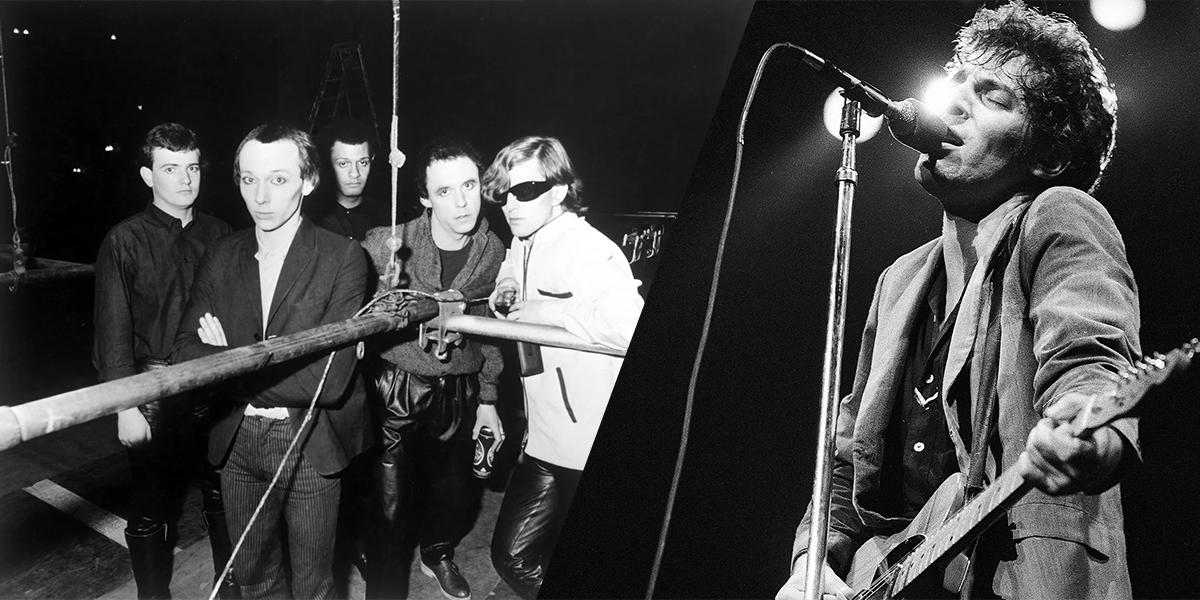Back in 1978, Shot By Both Sides by Manchester Post Punk titans Magazine made a strong impact on someone whose style is rarely – if ever – associated to anything that came out of the English New Wave : the Boss himself, Bruce Springsteen.
By early 1979 the king of Heartland Rock re-adapted the song’s skeleton to write Roulette, whose main melody bears a significant resemblance with Shot By Both Sides.
23 years after first hearing Roulette and cherishing Springsteen as one of my most treasured artists, 12 years after hearing Shot By Both Sides, the only reason I connected the dots now, in June 2023, is the book Bruce Springsteen : The Stories Behind the Songs by Brian Hiatt. It was just there, within earsight for years, but I had to read it in a book to figure this out ! How about that.
Although a marvelous song in my opinion, it remained in the pile of many genius songs, written between 1977 and 1980, that would not make it to the tracklist for Springsteen’s cornerstone albums Darkness on the Edge of Town and The River – one of the most prolific times of his career with the Nebraska / Born in the USA sessions from 1981-1984.
I need to point out that this was far from an standalone emulation ; it is part of an largely underestimated pattern. Contrary to a general belief I had subscribed to myself for years, Springsteen did not exclusively take inspiration in the 1950-1960s Folk, Rock’n’Roll and Soul classics ; the Post Punk and New Wave movements made a very important impact on him from 1977 onwards, that accounts in good part for the change in style between 1975’s Born to Run, and the Darkness on the Edge of Town / The River diptych (respectively 1978 and 1980).
He would take an even deeper turn by 1982, taking inspiration from the minimalistic, folky approach with ambient keyboards deployed by avant-garde Post Punk outfit Suicide. Their influence gets even more palpable on the highly “New Wavish” Thrill Hill demos Springsteen recorded on his own by early 1983 using only a guitar, keys and a drum machine. While these demos were never turned into an actual album, their style would get refined into the more “adult pop” oriented Tunnel of Love from 1987.
Many years later, in 2014, Bruce even issued an actual cover of Suicide’s iconic hit Dream Baby Dream on High Hopes, once again reworking it into his proverbial style and with his unchallenged brio !
All of these facts illustrate the importance of the influence Post Punk had on Bruce Springsteen ; it was there since 1978 and grew into him during the 1980s, although in a less obvious and “in your face” fashion compared to many of his contemporaries (looking at you, Alice Cooper). It only takes an attentive ear to tell – or, in lack thereof, an instructive read 😅

